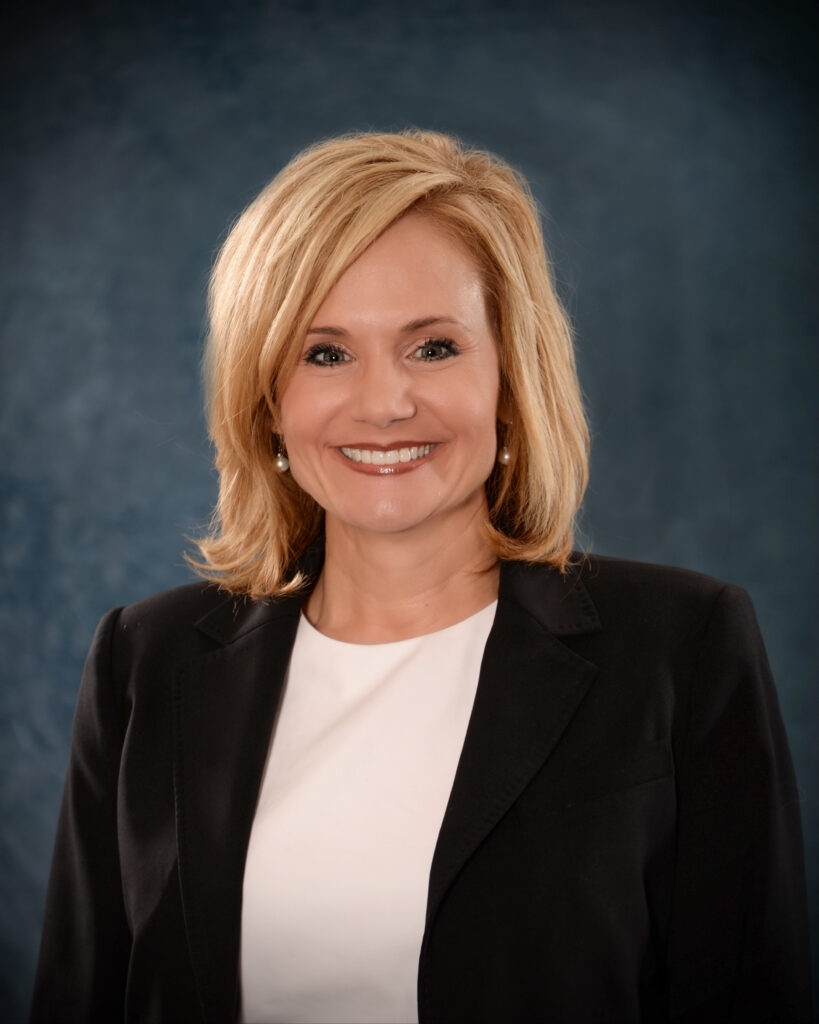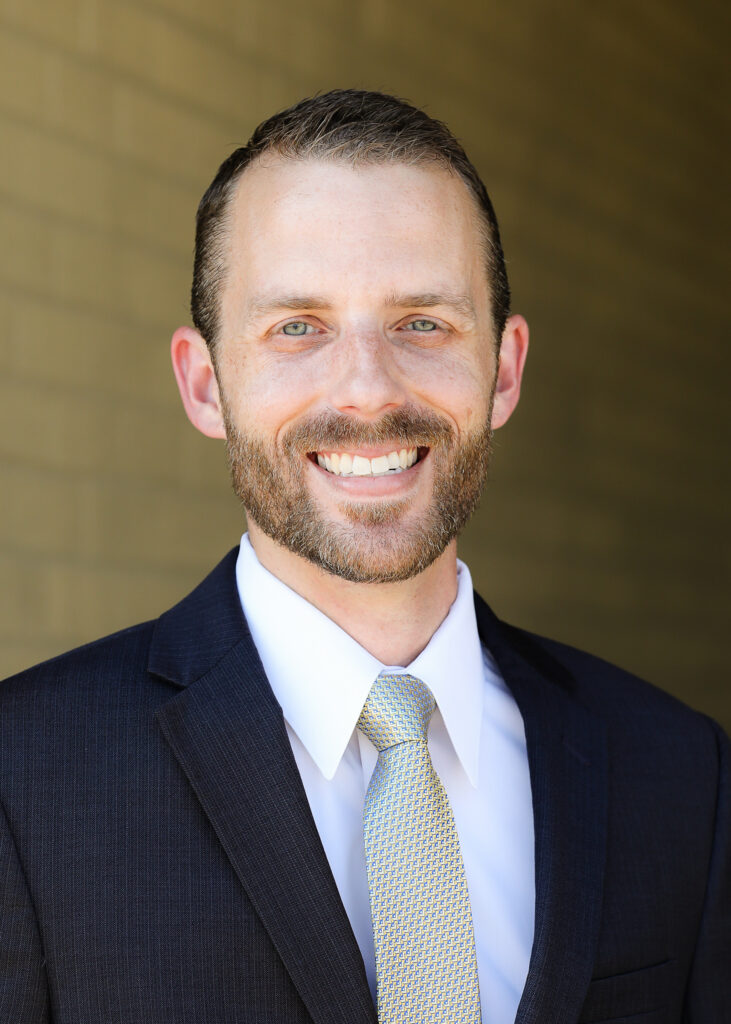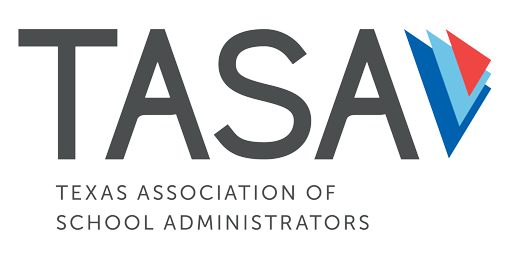by Holly Ferguson and Kyle Penn

 This article originally appeared in the winter 2024 issue of TASA INSIGHT. Dr. Holly Ferguson is superintendent of Prosper ISD. She received her doctorate in educational leadership and administration from Texas A&M University-Commerce, her master’s in educational administration and a bachelor’s of science, both from the University of North Texas. Dr. Kyle Penn is deputy superintendent of district and employee services in Prosper ISD. He also served the district as chief financial officer. Previously, Penn worked as an adjunct professor at Dallas Baptist University and the University of Texas at Tyler. He was assistant superintendent of finance and operations in Sunnyvale and Westwood ISDs. Penn received his doctorate of education from Dallas Baptist University and his master’s in education administration from Texas A&M University-Commerce. He also earned an MFA and BFA in arts and technology from the University of Texas at Dallas.
This article originally appeared in the winter 2024 issue of TASA INSIGHT. Dr. Holly Ferguson is superintendent of Prosper ISD. She received her doctorate in educational leadership and administration from Texas A&M University-Commerce, her master’s in educational administration and a bachelor’s of science, both from the University of North Texas. Dr. Kyle Penn is deputy superintendent of district and employee services in Prosper ISD. He also served the district as chief financial officer. Previously, Penn worked as an adjunct professor at Dallas Baptist University and the University of Texas at Tyler. He was assistant superintendent of finance and operations in Sunnyvale and Westwood ISDs. Penn received his doctorate of education from Dallas Baptist University and his master’s in education administration from Texas A&M University-Commerce. He also earned an MFA and BFA in arts and technology from the University of Texas at Dallas.
The landscape of public education is undergoing rapid transformation, an observation readily apparent to those entrenched in its daily operations. Districts across the state are grappling with changes from the pandemic, social issues, and an unstable political environment. Each school district has undoubtedly had its unique challenges, spanning from enrollment declines to accelerated expansion, financial ambiguity, “learning loss,” and distinct adversities.
For our district, these included an unexpected transition to a new superintendent, changes in long-tenured board members, and unprecedented growth. In the past five years, we have opened 11 campuses — including two high schools — and will open another nine campuses in the next three years. Consequently, the district redirected its focus toward strategic organizational transformation, gearing up to accommodate an annual influx of 3,500 students and pursuing the second-largest bond package in the history of Texas school districts. We intend to share insights into our present status and trajectory, aiming to provide support and guidance for other districts navigating their own challenges.
Organizational Change
According to Kurt Lewin’s force field analysis model, the change process goes through three stages: unfreezing from the current situation, moving to a desired condition, and then refreezing so it remains in this state. There are two primary forces involved in the change. Driving forces are behind the need for change, which moves it into the unfreezing state, and restraining forces push against it, usually trying to preserve the status quo. Driving forces could be the central office, the community, or test scores. Restraining forces could be pushback from the community or staff or lack of funding. Change agents need to realize that resistance is a common and natural human response and not take it personally.
In various organizational change models, readiness for change is recognized as a fundamental starting point. Achieving this readiness involves the leader emphasizing the differences between the current state of the organization and its envisioned future state. Generating a sense of urgency among employees becomes crucial to kickstart the change process. When individuals do not perceive the necessity for change, their involvement in the transformation diminishes. The degree to which an organization is primed and receptive to change holds utmost significance, often surpassing the influence of external factors advocating for change.
The restraining forces of change also must be addressed. Reducing the resistance will help the change move forward. If the resistance is ignored, it will hinder the progress of change. Also, if the resistance is ignored while the driving forces increase, the resisting forces push back even harder. Change resides at the heart of leadership, and all school leaders will face a time in their careers when they need to lead a change.
Consistently, organizational culture stands out as a pivotal variable influencing the success of implementing institutional change. Executing organizational change is challenging, and without a robust culture of trust, effecting significant change becomes difficult. Trust within the organization facilitates adopting new practices, while unintended repercussions foster a sense of “survival anxiety,” perceived as a risk to the organization’s overall health. This anxiety tends to shift focus solely onto individual interests, detracting from collective teamwork.
Organizational Structure
When growing 2,500-3,500 students a year, the leadership team and supporting departments must also scale appropriately. District leadership has greatly emphasized “getting the right people on the right seats on the bus” by adding key leadership roles and individuals and reviewing our organizational structure. Beyond district leadership development, with many assistant principals ascending to principal roles with constant campus openings and principals moving into director roles and similar, developing a leadership pipeline of people familiar with Prosper ISD culture and high standards has been critical.
Establishing Trust
As mentioned above, trust is foundational to change. For the 2022-23 school year, the district emphasized the idea of trust and studied “The SPEED of Trust: The One Thing That Changes Everything” by Stephen M.R. Covey. Every “Leaders of Learning” meeting with directors and principals discussed these principles.
After establishing the impact of trust, such as the benefits of “dividends” when you have trust or “trust tax” when you do not, the book discussed the Five Waves of Trust:
1. Self trust: (credibility) Your ability to set and achieve goals, keep commitments, walk your talk, and inspire trust in others
2. Relational trust: (consistent behavior) How well do you establish and increase “trust accounts” with others?
3. Organizational trust: (alignment) The degree to which the organization creates structures, systems, and trust symbols
4. Market trust: (reputation) The level of your organization’s reputation
5. Societal trust: (contribution) How well you create value for others and society at large
Switch: How to Change Things When Change is Hard
After dedicating a year to nurturing trust, an ongoing endeavor embedded in every action, our Leaders of Learning explored strategies for managing change. This culminated in a leadership retreat centered around the principles outlined in the book “Switch: How to Change Things When Change Is Hard” by the Heath brothers.
This book focuses on three big areas of change, which they refer to as directing the rider, motivating the elephant, and shaping the path. The rider represents the logical center of the brain, the part that loves facts and knowledge, which are critical to making the right decision and leading to the change we want to see. The elephant, obviously significantly larger than the Rider, represents the brain’s emotional side. It is harder to control, but once it gets moving, it doesn’t matter how hard that rider pulls on the reins. If the elephant is motivated, it’s moving! Finally, there is the path that the elephant and rider are on. The path represents the external factors that shape behavior. If we’re surrounded by people behaving a certain way, we’re much more likely to conform to their behavior.
This ultimately led to developing a “plan on a page” document for each campus and department. This two-page document highlights the primary goals for each campus and department for the year. Campus and department leaders use it as a living document to direct their daily work. The board of trustees also uses the plans on a page during their instructional walks with the superintendent.
Rocket Fuel
With trust established and the groundwork laid for change, how does the superintendent implement the district vision? The executive cabinet is currently studying the book “Rocket Fuel,” which discusses the importance of having a visionary and integrator partnership. Top district leaders need to carry forth the district vision and provide vision to their respective areas of responsibility. Visionaries must find the complement with an Integrator to implement the vision. The book discusses the strengths and challenges of each of these roles and how to handle both roles if required.
For instance, visionaries are typically adept at generating ideas, envisioning the broader scope, and foreseeing the future. They infuse passion and innovative concepts. Challenges they encounter often involve maintaining focus, grappling with an abundance of ideas, causing what’s termed as “organizational whiplash,” overlooking details, and struggling to relinquish control.
On the contrary, integrators excel in managing day-to-day operations, providing a stabilizing presence, and serving as the voice of logic. Typically perceived as pessimists, they prioritize discipline and accountability, occasionally criticized for their perceived slow pace and the attempt to shoulder excessive responsibilities like a superman. This role often entails a sense of isolation.
After role definition, the book details how the two complement each other and why they are critical for organizational success.
The Takeaway
There are three simple things that you can do to help facilitate organizational change.
Streamline your campus/department improvement plans. Move away from the dinosaur of a document that sits on a dusty shelf and create a cheat sheet for focus and growth that everyone can access and use.
Focus your administrative meetings on learning together and building a common vocabulary. Determine a thread of learning beginning at your leadership retreat that empowers district and campus leaders to continue to grow in their roles.
Build your leadership pipeline. Whether you have one campus or 50, always be on the lookout for the next leader in line. Invest in their development.
We are grateful for district leaders like you working to improve, build trust, set the vision for your community, and carry it forward.
MORE LEADERSHIP PERSPECTIVESWanted: Your Leadership Perspective
If you’re an experienced school leader and TASA member with some leadership perspective to share, email Dacia Rivers with a short description of your proposed article, and we may publish it in a future issue of INSIGHT and/or on the TASA website.






